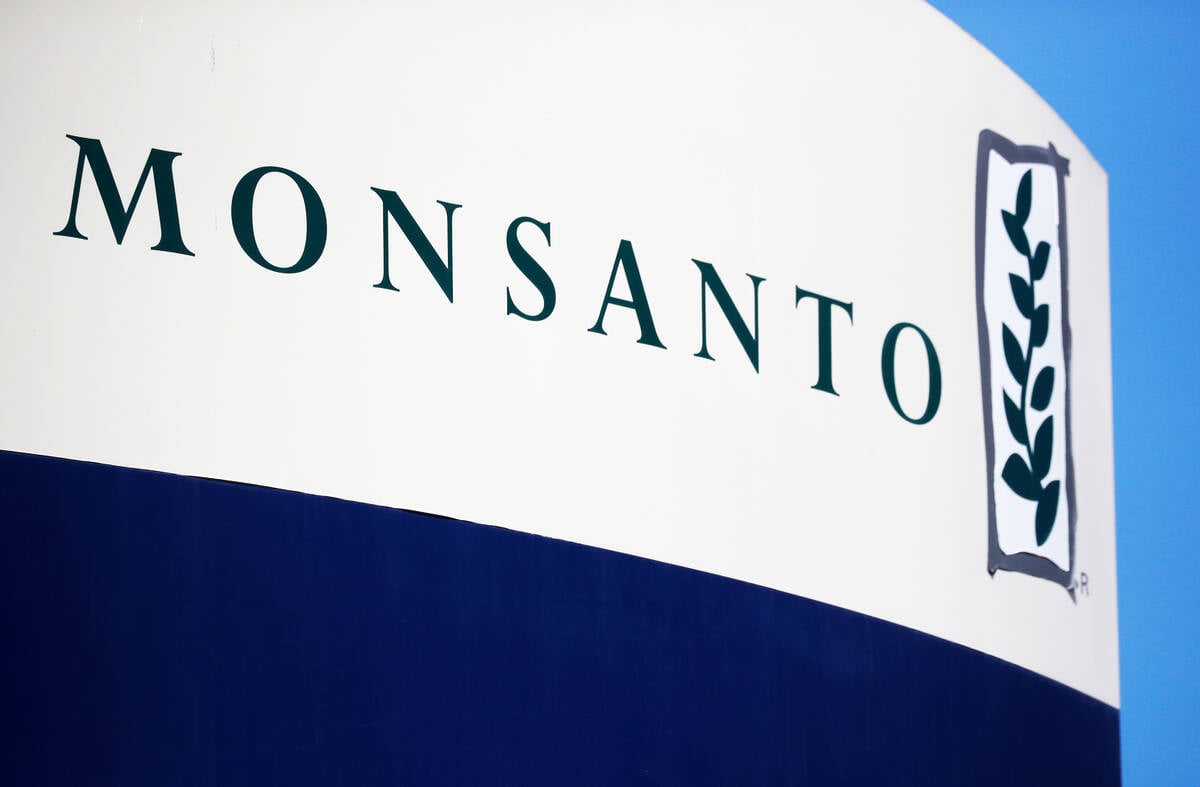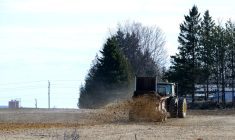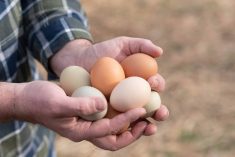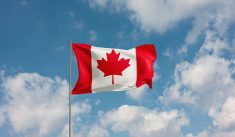As a follow-up to a very busy 2021, the year 2022 was filled with food-related stories. Food was top of mind for many for the entire year. Reflecting on the last 12 months is always interesting, come December. As we do every year, Dalhousie University’s Agri-Food Analytics Lab presents this year’s top 10 food news stories.
No. 10: Avian Flu
More than 200 farms were impacted by the avian flu and more than four million birds were culled because of several outbreaks this year. While the turkey and chicken sectors are coping, the duck industry’s recovery is uncertain. Avian flu, likely one of the most under-reported food stories of the year, made poultry, meat and eggs more expensive at the grocery store.
Read Also

Roundup retraction makes public trust ripples
A foundational study on glyphosate safety was recently retracted, while Roundup maker Bayer has already said it may ditch the key agricultural herbicide after lawsuits piled up.
No. 9: Cyberattacks
The year 2022 reminded us that cyberterrorism is a real threat to our food supplies. Both Sobeys and Maple Leaf Foods fell victim to a cyberattack this year. JBS Canada paid a ransom last year worth $11 million. No one knows if either Sobeys or Maple Leaf Foods paid a ransom, but we are expecting more in the future. Let’s hope the food industry is ready.
No. 8: Baby formula shortage
Few people knew that Canada does not produce its own baby formula or baby powder. We do have one plant in Kingston, Ont., called Canada Royal Milk, but all its production is sent to China. Hard to believe. Parents all over the country have struggled to find formula products since early May of this year. It was another event showing how vulnerable we can quickly become as a country when one single American plant shuts down.
No. 7: FDA’s approval of lab-grown chicken
Cultured meat is almost here. The U.S. Food and Drug Administration just approved cultured chicken in the United States. Once the U.S. Department of Agriculture approves, the product will be commercialized in the United States. When thinking about the environment, animal welfare, epizootics and pandemics, this technology can become a game-changer in the future. Canada could be next. But if you want these products to be labelled, don’t hold your breath. And that would be wrong. Consumers have the right to know.
No. 6: Lettuce shortage
California is drying up, and it is increasingly becoming Canada’s problem. In the fall, leafy greens became very expensive quite suddenly, if you were lucky enough to find any. The lettuce shortage in Canada this year is another example of how climate change is forcing international food commerce to redefine itself.
No. 5: Fertilizer mayhem
The Trudeau government wants a 30 per cent reduction in emissions by 2030, which doesn’t necessarily include fertilizer, but producers claim that reducing nitrous oxide emissions cannot be achieved without reducing fertilizer use. Ottawa wants an absolute reduction of emissions, regardless of productivity or efficiency of fertilizer use. For many crops, farmers’ ability to grow anything will be severely compromised, unless they use more land. This is an example of how urban politics are driving agri-food policies these days.
No. 4: Ottawa’s new front-of-package labelling rule
Health Canada announced in June that it is going forward with a policy requiring front-of-package nutrition symbols on foods high in saturated fat, sugars and sodium. It’s a concept that will provide clear, easy-to-read labels. Manufacturers have until Jan. 1, 2026, to change their labels and comply with the new requirement. This new rule sparked the phrase “Don’t label my beef” since Ottawa intended to label single-ingredient products like ground meat, potentially becoming the first country in the world to do so. Ottawa changed its mind at the last minute. This new rule will coax manufacturers to make healthier products as it creates a leveled playing field for all companies.
No. 3: Blockades
Chrystia Freeland was right. Blockades did impact Canada’s reputation in the United States and may have given Americans yet another excuse to support their America First policies. Several blockades across the country halted trade between Canada and the United States. The Ambassador Bridge, the busiest international land crossing between the United States and Canada, was closed Feb. 7 to Feb. 13. Between $8 billion and $12 billion in agri-food crosses the Ambassador Bridge in both directions each year.
No. 2: The food inflation blaming game
Inflation was top of mind for everyone this year. The fact that Canada has one of the lowest food inflation rates in the Western world did not matter. (It is second lowest within the G7). From a parliamentary investigation to our Competition Bureau’s study on profits in the grocery industry, many Canadians have grown critical of the grocery industry, trying to find a scapegoat for food affordability challenges. The industry felt the pressure from “greedflation” campaigns. It even got Loblaw to implement the largest price freeze policy in the world for a grocer until the end of January 2023. Even though is it important for policymakers and regulators to understand what’s going on, there’s no evidence of profiteering in food retail but doubts persist.
No. 1: Ukraine
How can Ukraine not be this year’s top story? When the country was cruelly invaded by Russia on Feb. 24, many Canadians didn’t realize how that region of the world was so critical to the global agri-food sector. With its exports, Ukraine can feed 400 million people every year. Russia’s exports, hit by sanctions, are also critical. A few months after the invasion, many commodities reached record price levels. By June, processors had to pay more for inputs, which eventually affected the entire globe’s food inflation scenario. Fertilizer access was also impacted. Let’s hope 2023 brings a peaceful end to the horrors the Ukrainian people have suffered.
The year 2022 was interesting to say the least. We should hope that the year 2023 will bring more peace and health to the world, including Canadians.















